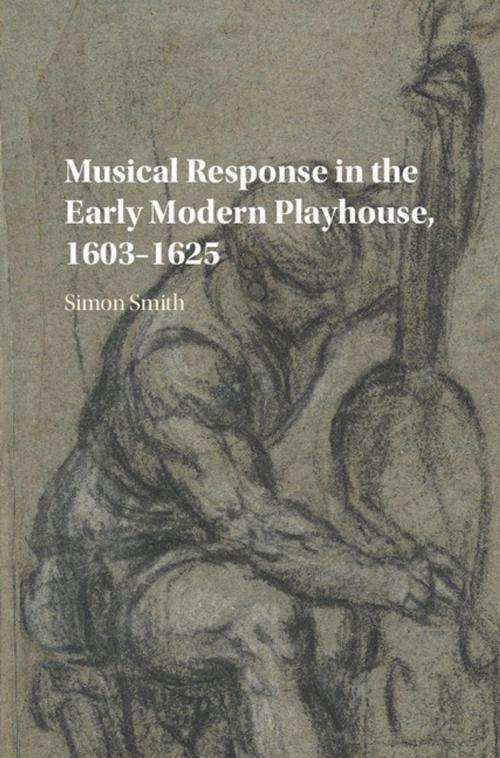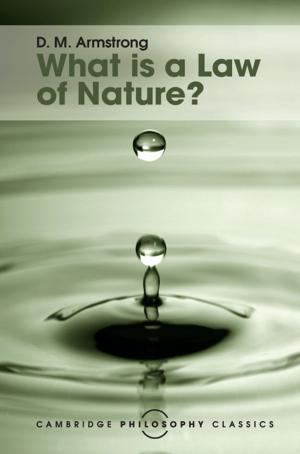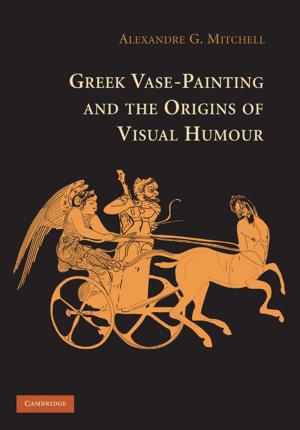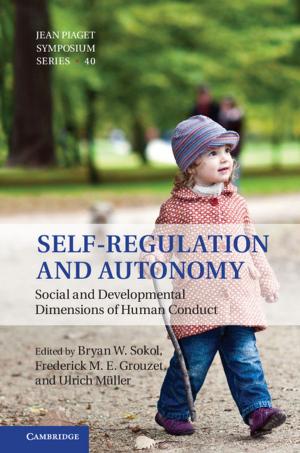Musical Response in the Early Modern Playhouse, 1603–1625
Fiction & Literature, Literary Theory & Criticism, British, Nonfiction, Entertainment, Performing Arts| Author: | Simon Smith | ISBN: | 9781316850763 |
| Publisher: | Cambridge University Press | Publication: | September 7, 2017 |
| Imprint: | Cambridge University Press | Language: | English |
| Author: | Simon Smith |
| ISBN: | 9781316850763 |
| Publisher: | Cambridge University Press |
| Publication: | September 7, 2017 |
| Imprint: | Cambridge University Press |
| Language: | English |
Presupposing no specialist musical knowledge, this book offers a fresh perspective on the dramatic role of music in the plays of Shakespeare and his early seventeenth-century contemporaries. Simon Smith argues that many plays used music as a dramatic tool, inviting culturally familiar responses to music from playgoers. Music cues regularly encouraged audiences to listen, look, imagine or remember at dramatically critical moments, shaping meaning in plays from The Winter's Tale to A Game at Chess, and making theatregoers active and playful participants in playhouse performance. Drawing upon sensory studies, theatre history, material texts, musicology and close reading, Smith argues for the importance of music in familiar and less well-known plays including Antony and Cleopatra, Othello, The Revenger's Tragedy, Sophonisba, The Spanish Gypsy and A Woman Killed With Kindness.
Presupposing no specialist musical knowledge, this book offers a fresh perspective on the dramatic role of music in the plays of Shakespeare and his early seventeenth-century contemporaries. Simon Smith argues that many plays used music as a dramatic tool, inviting culturally familiar responses to music from playgoers. Music cues regularly encouraged audiences to listen, look, imagine or remember at dramatically critical moments, shaping meaning in plays from The Winter's Tale to A Game at Chess, and making theatregoers active and playful participants in playhouse performance. Drawing upon sensory studies, theatre history, material texts, musicology and close reading, Smith argues for the importance of music in familiar and less well-known plays including Antony and Cleopatra, Othello, The Revenger's Tragedy, Sophonisba, The Spanish Gypsy and A Woman Killed With Kindness.















